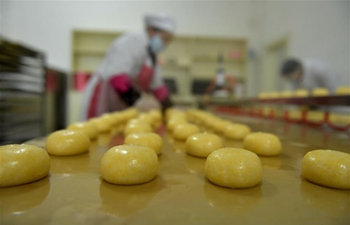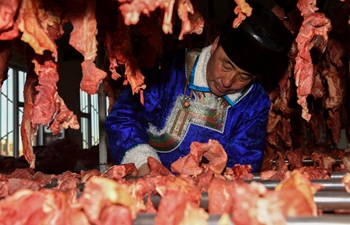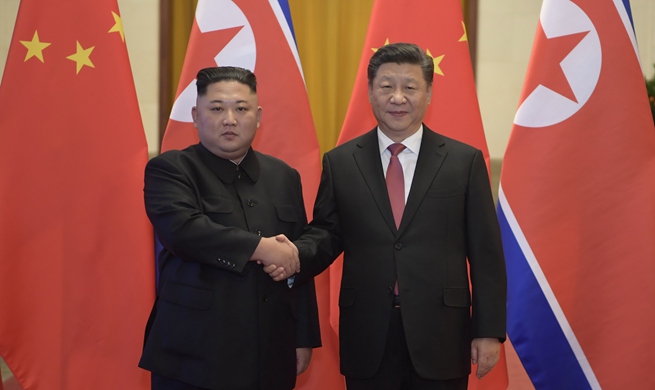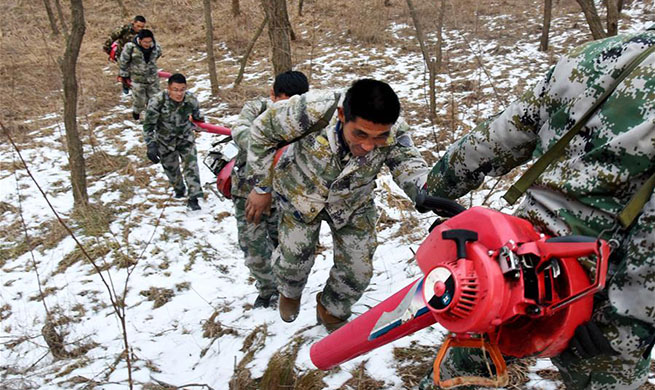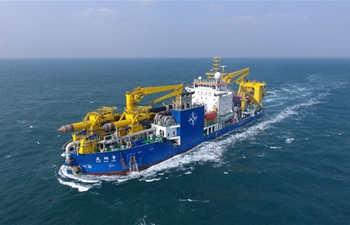BEIJING, Jan. 10 (Xinhua) -- The Chang'e-4 mission, which accomplished the first-ever soft landing on the far side of the moon, embodies China's hope to combine human wisdom in future space exploration.
Chang'e-4 is carrying four payloads developed by the Netherlands, Germany, Sweden and the Saudi Arabia.
"International cooperation is the future of lunar exploration. The participating countries would share the costs, risks and achievements, and learn from each other. We hope to have more international cooperation," said Wu Weiren, chief designer of China's lunar exploration program.
A neutron radiation detector aboard the lander, developed by Germany, and a neutral atom detector on the rover, developed by Sweden, have both switched on for test operations, said the China National Space Administration (CNSA) on Thursday.
The radioisotope heat source, a collaboration between Chinese and Russian scientists, will support the probe through the lunar night, each equivalent to about 14 days on the earth, when the temperature can fall to minus 180 degrees Celsius.
The ground station that China built in Argentina has played an important role in the monitoring and control of the mission, and ground stations run by the European Space Agency will also offer support.
The scientists of the Lunar Reconnaissance Orbiter (LRO) of NASA have also cooperated with the team of the Chang'e-4 mission to study the landing of the Chang'e-4 probe, according to CNSA.
The U.S. side has offered the orbital data of LRO and the Chinese side has provided the landing timing and location, said CNSA.
China was drawing up the plan for the fourth phase of the lunar exploration program, and more payloads of future missions would be developed through international cooperation, Wu said.
"The range of cooperation will be enlarged. Maybe the whole lunar rover could be developed through international cooperation," Wu said.
"The cooperation on the four payloads in the Chang'e-4 mission was smooth. We made all efforts to create favorable conditions for our partners," said Sun Zezhou, chief designer of the Chang'e-4 probe.
"It's our common goal to improve human understanding of the moon and the universe. The collaboration will benefit all participants," Sun said.





